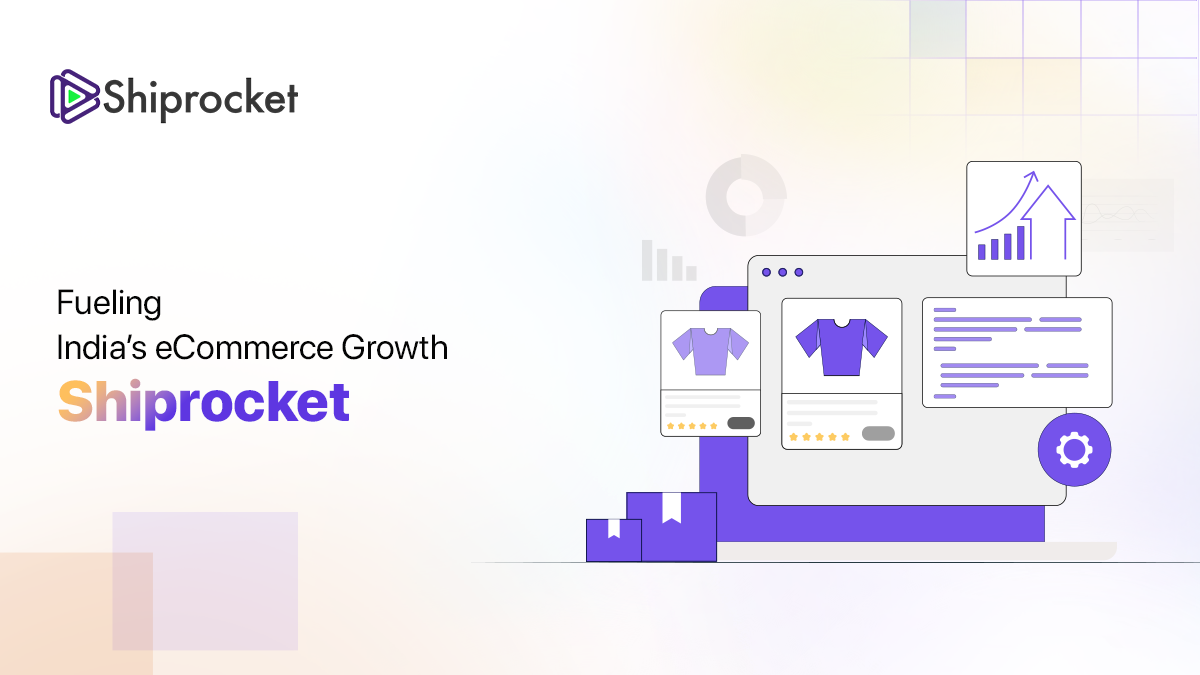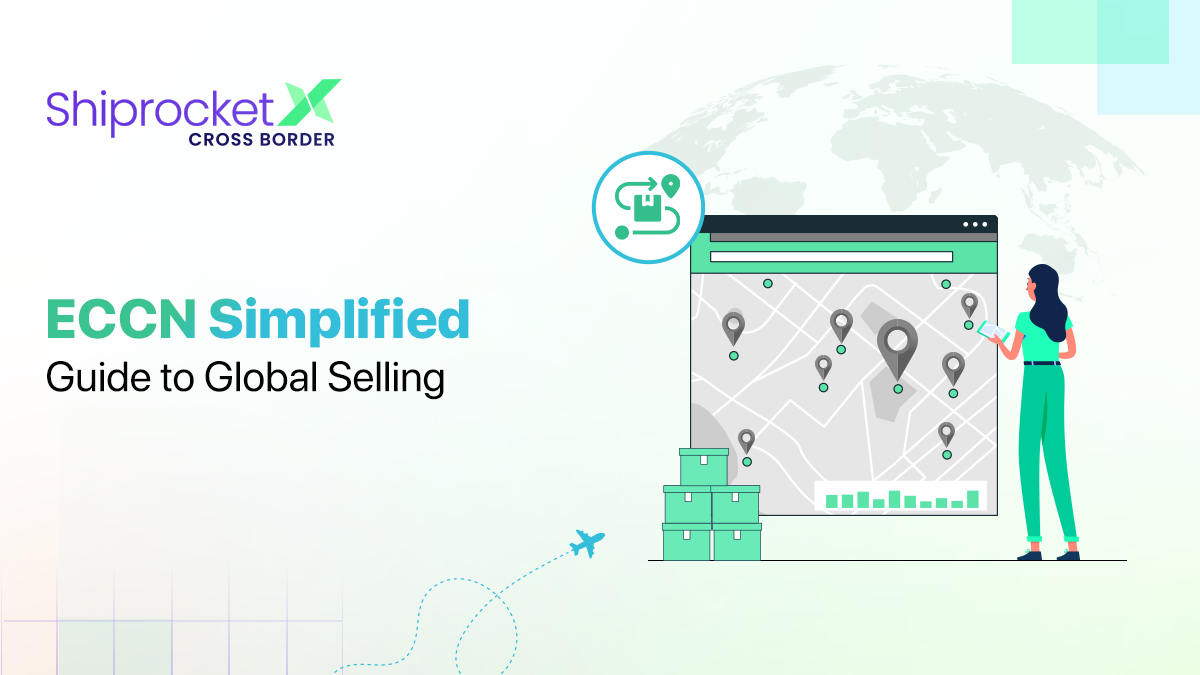The principle of network effect is very helpful in shaping how businesses grow and thrive in the digital space. This phenomenon occurs when a product or service gains more value as the number of users increases.
A clear example of the network effect is the Internet, which started with a small audience and offered limited benefits. Over time, as more people joined and contributed content, the internet became a hub for communication, commerce, and information exchange.
Network effects can amplify digital growth for businesses by creating a cycle in which more users attract additional participants. Platforms like Facebook and Instagram become more valuable as more users share content, interact, and engage with others.
Understanding network effects provides insights into how brands can tap into digital growth. Let us now discuss various types of network effects.

Different Kinds of Network Effects
Network effects can be categorised into different types based on how users interact.
Direct Network Effects
Direct network effects, also called same-side effects, occur when the value of a product or service rises simply because more users join the network. A classic example is the telephone. Owning a telephone is only practical if others you want to contact also have one. As the number of phone users increases, so does its usefulness to every individual user.
This type of network effect is especially noticeable in products or services where interaction happens within the same group of users. Social media platforms also benefit from direct network effects. The more people join the platform, the more valuable it becomes for each user, as they can connect with a larger number of friends or colleagues.
Indirect Network Effects
Indirect network effects, or cross-side effects, occur when the value of a network grows for one user group due to the increase of another user group. This type of network effect is common in platforms that connect two or more distinct user groups, such as producers and consumers.
Take Uber, for instance. When more riders (consumers) join the platform, it becomes more attractive to drivers (producers) because they gain access to more business opportunities. Similarly, as more drivers join, riders benefit from reduced wait times and better service coverage. Unlike direct effects, the value here depends on the interaction between different user groups rather than within a single group.
Network Effects or Externalities? Clearing the Confusion

Network effects and externalities are often mistaken for the same concept, but they differ in meaning and application. Both terms involve how consumer actions influence a product’s value, yet their distinctions are vital for a clearer understanding.
Network externalities describe how a product’s value improves as more individuals adopt or use it. This happens because consumers base their decisions partly on the behaviours of others.
For instance, if a restaurant parking lot is full, people might assume the food is excellent, leading them to try it out. Similarly, fashion trends often emerge when individuals mimic the purchasing habits of others, causing certain clothing styles to gain popularity.
Positive externalities can sometimes trigger broader effects. Like, if many friends are on a social platform, one might join to stay connected. This initial decision is shaped by the externality—an action driven by the presence of others. Once the new user begins sharing content, the increased activity can enhance engagement for the entire group, leading to what is called a network effect.
While they are related, network externalities focus on individual behaviours influenced by others, whereas network effects emerge as a larger outcome when these interactions create value for the group.
Using Network Effects to Boost Your Business
The internet’s network effects can greatly help businesses grow by connecting more users and creating a system that increases in value as it expands. For example, service platforms featuring professionals like electricians or tutors benefit as more people join. Customers rely on these platforms because they offer a variety of options, which drives more professionals to list their services. Statistics show that 70% of the value created by technology companies since 1994 is attributed to network effects.
eCommerce platforms such as Etsy and eBay thrive on a similar principle. As more sellers join these marketplaces, they attract a larger pool of buyers. The presence of diverse products and sellers encourages customers to use these platforms, further motivating new sellers to join. This cycle builds momentum, enhancing the platform’s appeal to both buyers and sellers.
Ridesharing companies like Uber have also used network effects to expand. Drivers signing up increases the availability of services in different areas, making these platforms more reliable for customers. As customers use these services and share their experiences, the platforms grow in popularity and value, attracting even more users and drivers.
Businesses often start by offering free or low-cost products to create interest. For instance, a company may distribute free samples to attract customers and encourage them to spread the word. This strategy can help spark demand, and as more people try and recommend the product, its value increases.
As demand grows, businesses can gradually raise prices while attracting customers because the product’s perceived worth rises with the number of users. When customers feel a product gains value as more people use it, they are more likely to stay loyal and recommend it. The word-of-mouth effect naturally boosts the business without requiring additional marketing efforts.
Strategically using the network effect in business allows you to create a self-sustaining cycle of growth. This dynamic benefits online platforms, marketplaces, and many service-based businesses that aim to scale quickly and efficiently.
The Pros and Cons of Network Effect
The network effect can offer companies great advantages, but it also comes with challenges. This phenomenon occurs when a product or service becomes more valuable as more people use it.
Let’s look at the pros and cons of network effect.
Pros of the Network Effect
- Inspires Innovation: The network effect encourages businesses to create more innovative and efficient products. As companies see the growth potential, they are motivated to improve their services or develop new features that attract more users. This can lead to better offerings for consumers and a competitive market.
- Increased Value for Users: As more users join a platform or service, it becomes more valuable to everyone. Take social media platforms, for example. The more people who use a network, the more content and interactions are available, enhancing the experience for everyone involved. Users benefit from a larger community, making the service more useful and enjoyable.
- Drives Growth: Reaching a minimum number of users is crucial for any company benefiting from the network effect. Once this threshold is met, the product or service becomes self-sustaining, as new users are attracted because of its growing value. This helps companies expand without pushing hard to attract new users.
Cons of the Network Effect
- Risk of Overcrowding: One major downside of the network effect is the possibility of overcrowding. A product or service becoming too popular can lead to congestion. For instance, online platforms might experience slow speeds or reduced performance when too many users try to access the service at once. This can frustrate users and negatively impact the company’s reputation.
- Capacity Strain: For a company to maintain a positive user experience, it must ensure its infrastructure can handle a growing number of users. This means investing in technology or scaling up services as more people join. Failing to do so could lead to system crashes, slower performance, or even the inability to support new users.
- Reduced Innovation: Some companies might become complacent after achieving a minimum base. They may feel secure in their user base and stop focusing on innovation, assuming their current customers will stick around. This can hinder progress and make the company less competitive, as users may seek better alternatives.
Conclusion
Network effects play a significant role in a brand’s digital growth by expanding its reach and visibility. As a product gains popularity, users become advocates, spreading the word and driving further growth. This creates a cycle where each new user adds value to the product for others, strengthening the brand’s presence.
Both sellers and consumers recognise the power of network effects, which is evident across the internet. Businesses can use this to see exponential growth as their user base expands, transforming customers into powerful promoters and helping to accelerate brand success. Companies like Shiprocket leverage these effects by offering efficient tools to manage sales channels, inventory, and catalogues, thereby driving sustained growth and long-term success.






